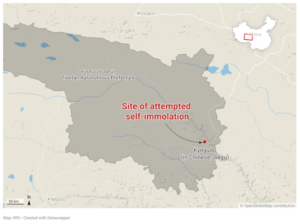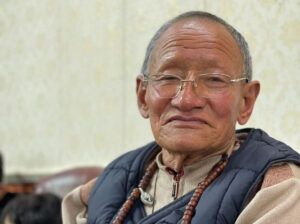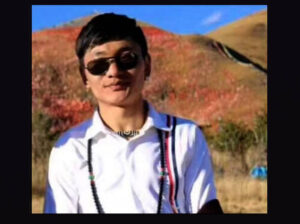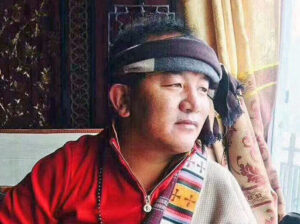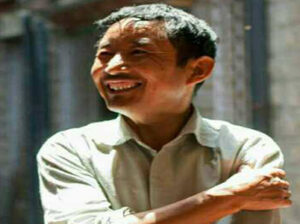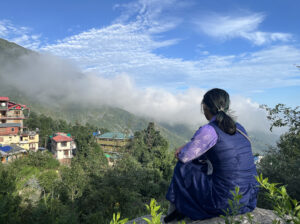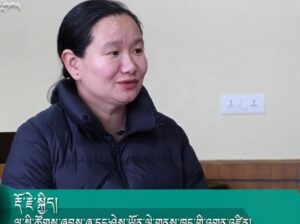 As someone who’s never been to India before, my arrival in Dharamsala was a whirlwind of dynamic emotions and feelings. The moment I stepped off the bus, all of my senses were taken over by sounds, sights, smells and textures so unfamiliar to me that it seemed like I’d landed on a different planet. India is starkly distinct from the rest of the world – especially in areas with Tibetan settlements.
As someone who’s never been to India before, my arrival in Dharamsala was a whirlwind of dynamic emotions and feelings. The moment I stepped off the bus, all of my senses were taken over by sounds, sights, smells and textures so unfamiliar to me that it seemed like I’d landed on a different planet. India is starkly distinct from the rest of the world – especially in areas with Tibetan settlements.
Honestly, before my arrival I had a very superficial idea of what Tibetan culture amounts to. Almost immediately, I was immersed into a very strong-spirited community that manages to combine modern practices with centuries-long traditions and culture despite of all the difficulties and hardships it faces on a continuing basis. I was pleasantly surprised to see people walk around dressed in traditional chubas while holding prayer wheels and malas.
I was also astonished by how much is being done in this seemingly small town to address the Tibet-China situation. From providing vocational training and educational opportunities to newly-arrived Tibetan refugees to organizing protests and preserving cultural identity… it is truly wonderful. Seeing both foreigners and locals working side-by-side in an effort to bring about justice and protect the Tibetan population from human rights abuses is an incredible example of global effort and cross-cultural unity. It serves as a much-needed reminder that good things still happen in this world.
I have been very fortunate to work as an English teacher for Lha Social Work. My students come from different places, but all share two things in common – they have been impacted by the situation in Tibet and are trying their best to start fresh and make better lives for themselves. It has truly been a privilege to hear their stories and to develop a new perspective on Tibetan life in exile.




 Print
Print Email
Email